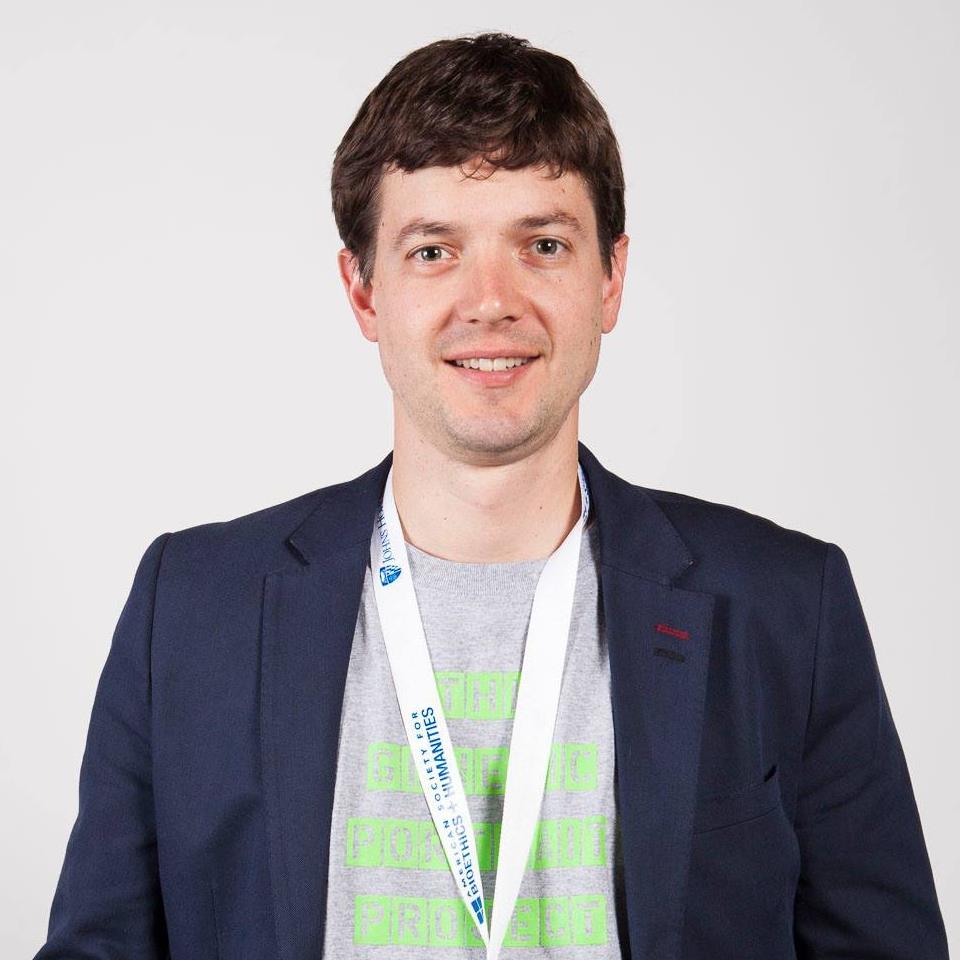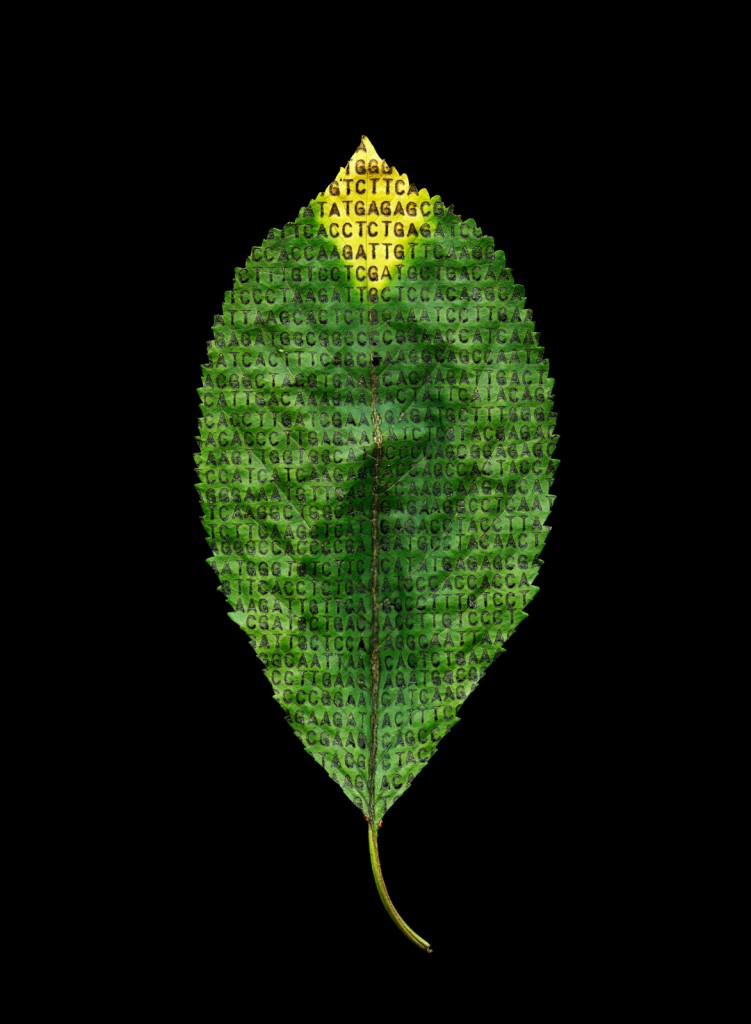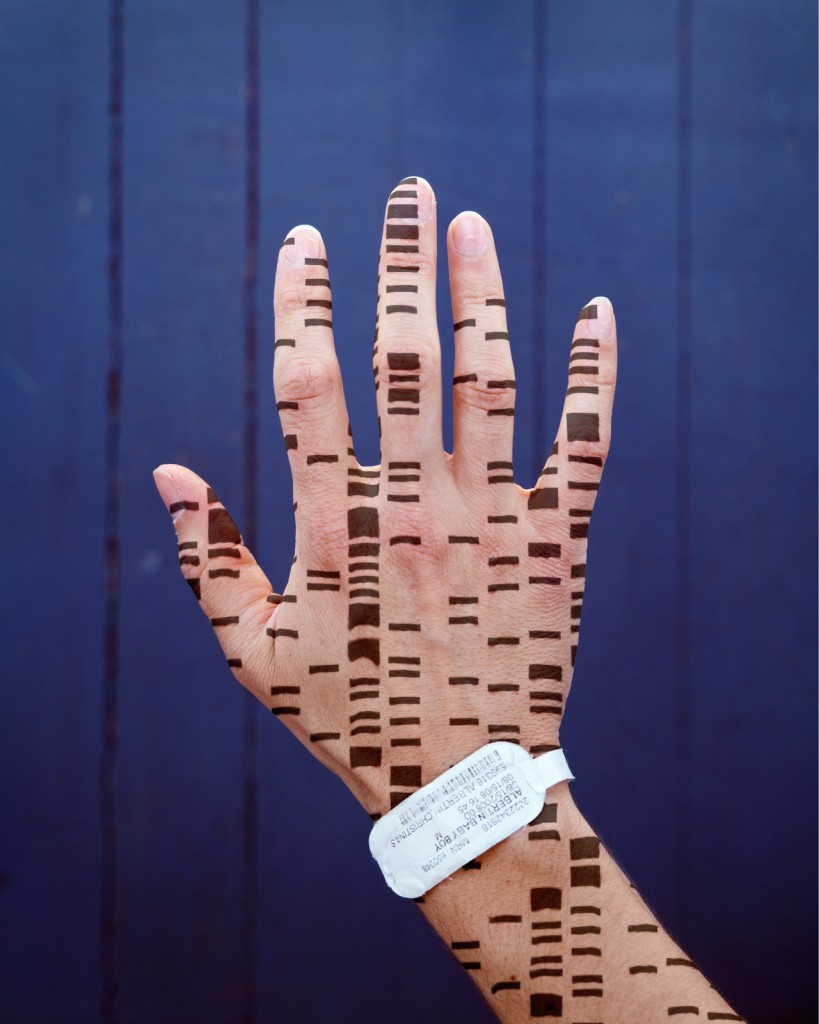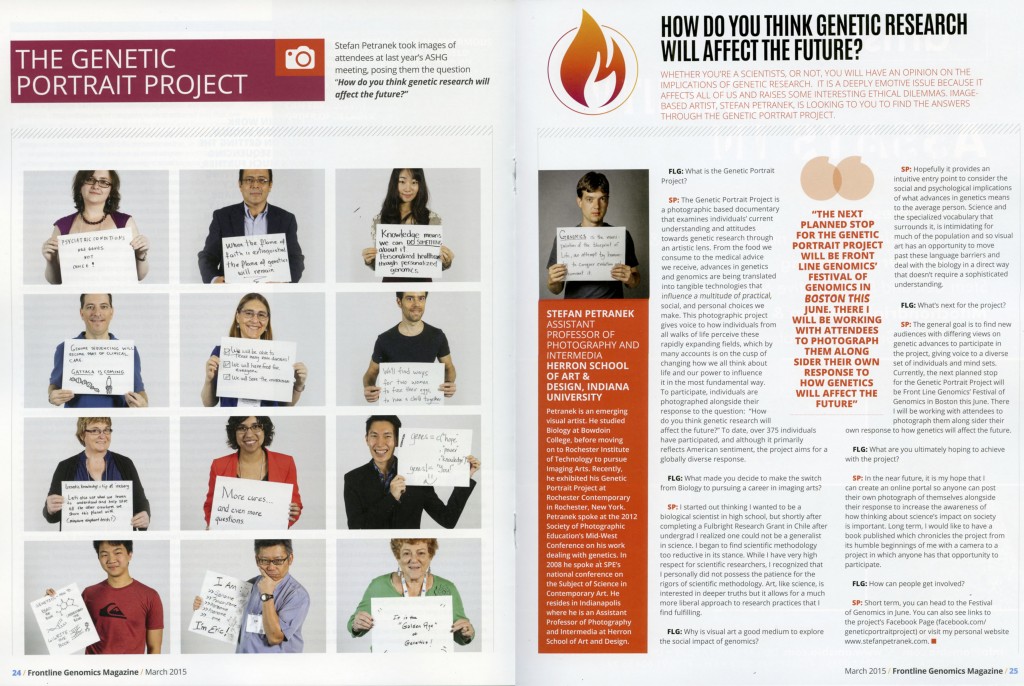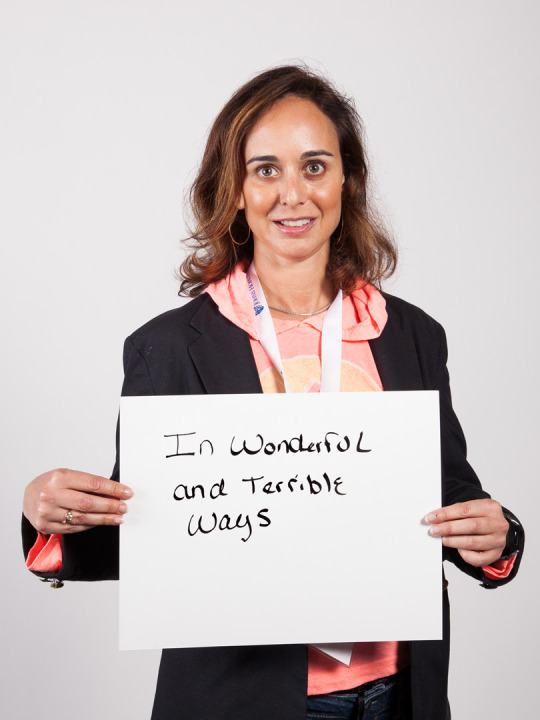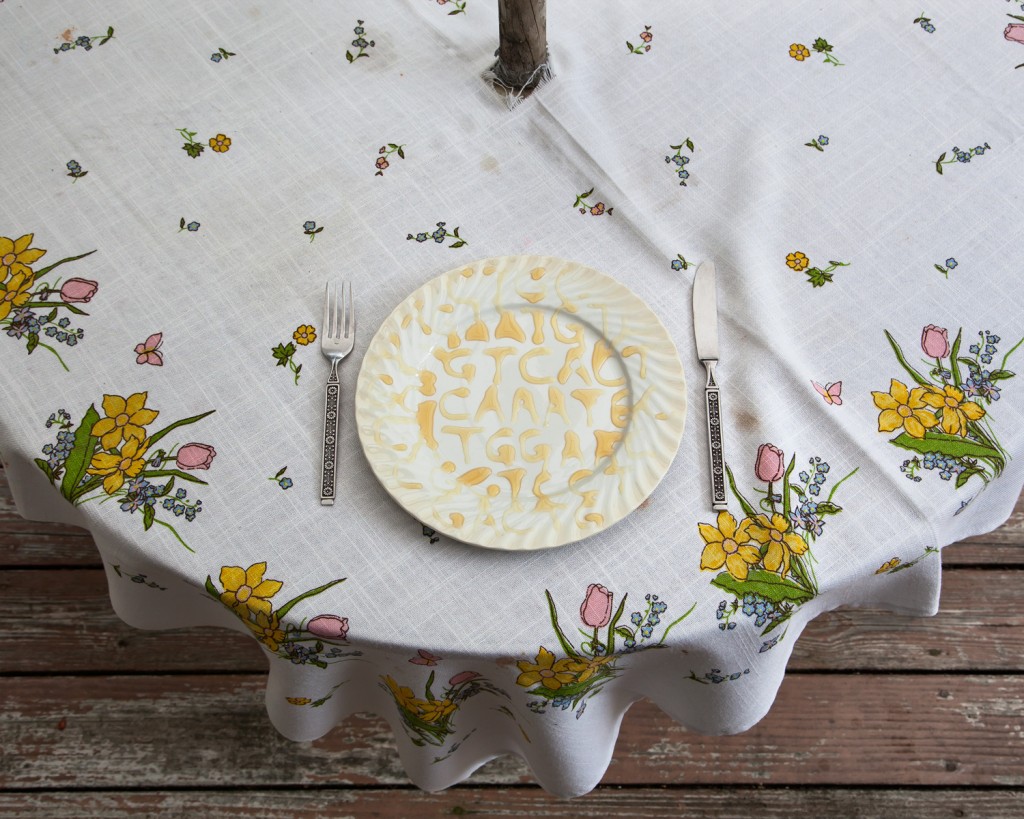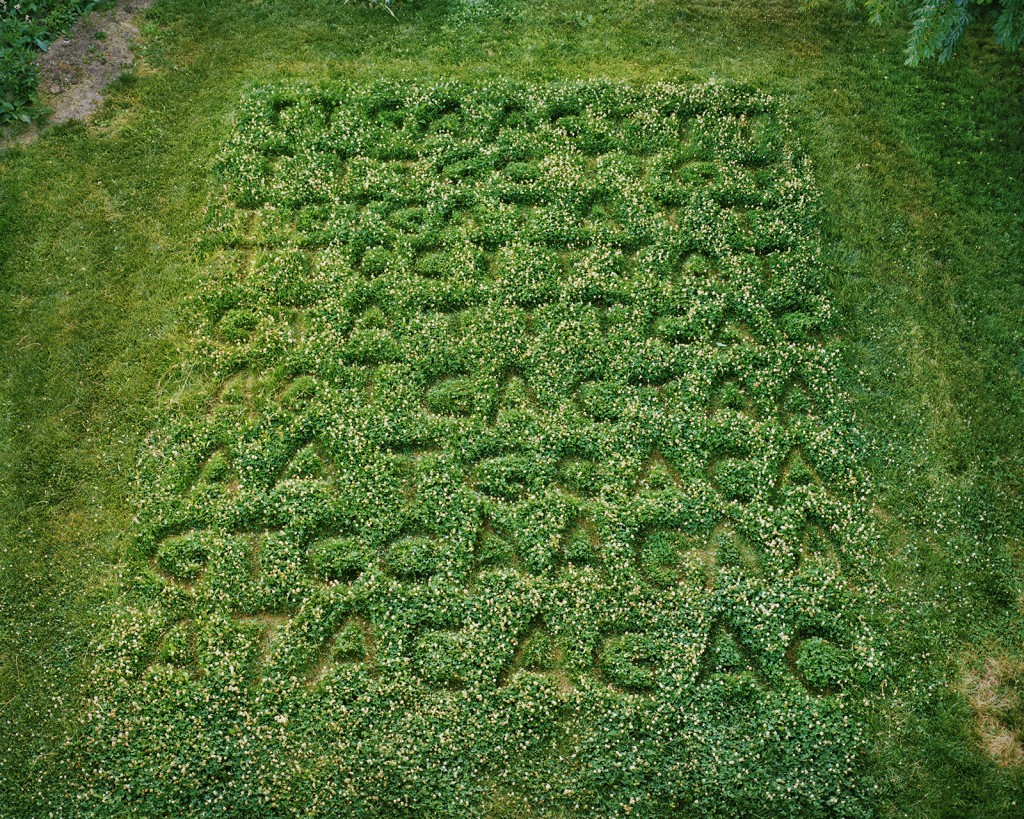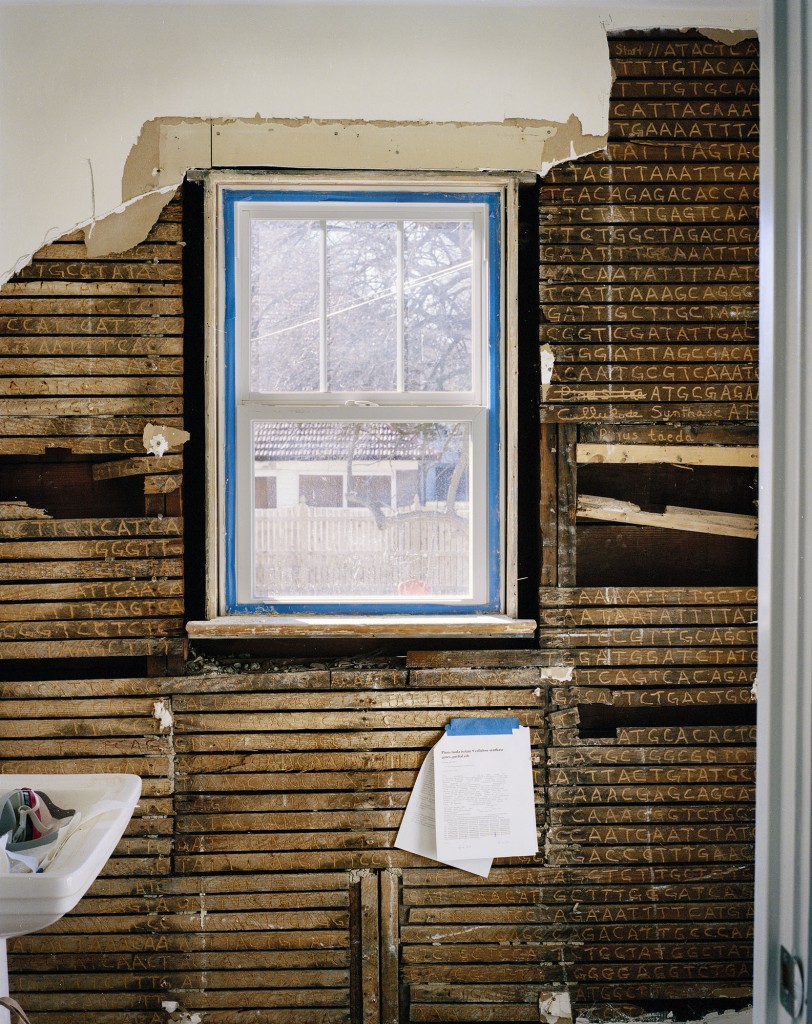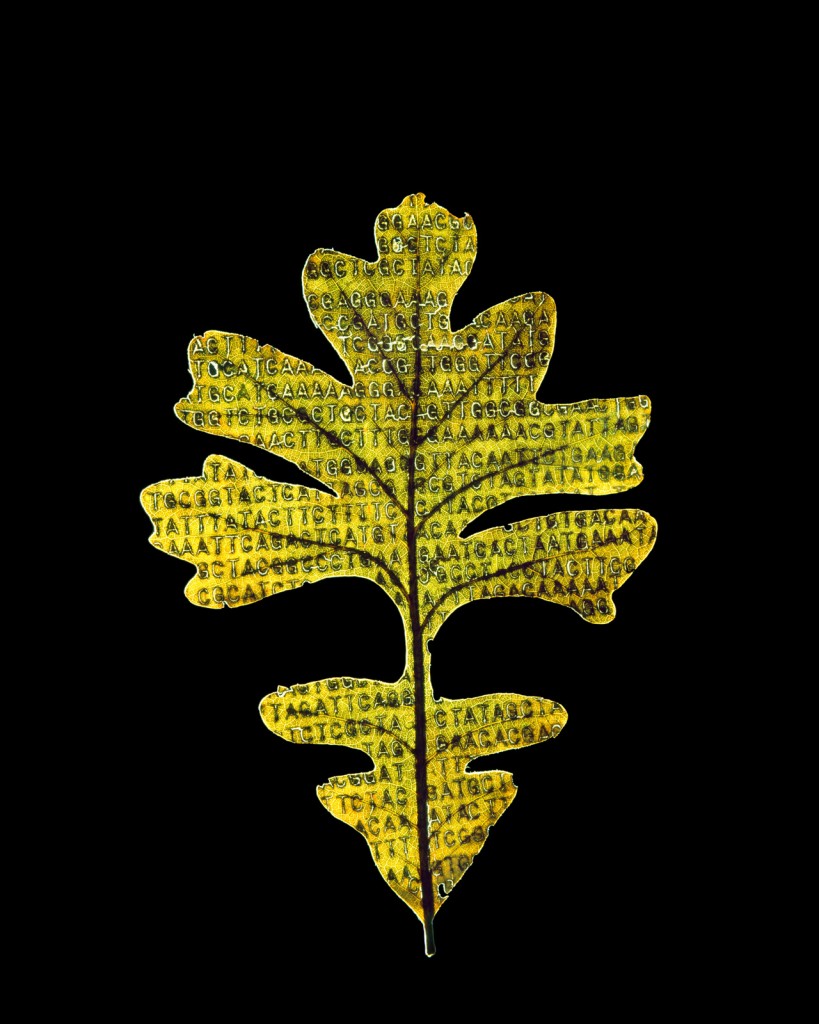Alumni feature – Stefan Petranek
What are you doing professionally?
I am an assistant professor of photography and intermedia at the Herron School of Art and Design which is in the professional art school of Indiana University. I split my time teaching contemporary approaches to fine art photography and pursuing creative research at the intersections of art and science.
My undergraduate degree was in biology with a minor in chemistry. Starting in high school, science served as a catalyst to understanding the hidden realities of the world around me. In college I pursued these subjects with passion but also got a glimpse of how photography, and more specifically the representation of the world through images could serve to communicate those hidden realities. In my graduate studies at RIT, I became entranced with visualizing invisible laws of nature, treating the photographic images almost like a personal diary that could record my direct experimentations with these laws that seem hidden yet so essential to my experience of the world. Since my grad school days, I have become increasingly interested in how science itself influences our culture’s perception of nature. The rise of genomic technologies has served as a focal point in my artwork for the past eight years because I see our increasing ability to manipulate DNA, the blueprint of life as it were, to have long reaching implications.
– How has your education helped you after graduation, preparation for your first job, and in your career since?
When I was at RIT I truly experienced a sea change in perspective, shifting from a very objective science mindset to the subjective world of fine art photographic practice. At first it was overwhelming, and I remember feeling so green compared to my peers with backgrounds in the arts. I even sat in on undergraduate art history classes to fill in some of the gaps. I also remember more than once questioning if I belonged in an MFA program during the first six months. But Therese Mulligan, then chair of the SPAS MFA program, encouraged me to give it some more time. I’m glad I listened to her as RIT’s program truly transformed my approach not only to image making but to formulating what it means to be human and curious about the world.
Today I’m able to make a living teaching others how to use the visual arts in creative ways to communicate and express ideas about the world using photography.
– How you are using social media in your professional work?
My creative practice is rooted in exploring how science has come to influence our culture’s perception of nature and by extension ourselves. In recent years I have also become more interested in projects that engage the public directly. For the past five years I have pursued a photo documentary called The Genetic Portrait Project that asks individuals how they think genetic research will impact the future. They respond freely on a piece of poster board and are photographed alongside their response. I have begun to use hash tags and a Facebook Page to help promote and share the nearly 450 participant’s portraits to date. Although I don’t have a natural inclination to invoke social media in my art, I’ve come to recognize its power in engaging a much wider audience then I could ever reach through traditional physical venues. Social media is really about sharing, and artists should recognize the inherent potential of using it to broadcast widely their art and ideas.
You can see more of The Genetic Portrait Project at:
www.facebook.com/thegeneticportraitproject
I also recently launched a new website for the project which not only showcases all the portraits from the project, but also takes submissions so that anyone, anywhere in the world can upload their own portrait and share their thoughts about how genetic research will impact the future.
www.thegeneticportraitproject.com
– How has being a photographer helped you in other aspects of your life ?
During my undergraduate studies at Bowdoin College I sang in the Chorus under professor Anthony Antolini. A few years after graduating in 2002, I was invited to go on a coral tour to Russia with Professor Antolini as a member of his Rachmaninov Festival Choir. We sang Rachmaninov’s Orthodox Liturgy and famous southern spirituals in five major cities. It was the trip of a lifetime and amazing to see such a vast country at the age of 25 from St. Petersburg to Lake Baikal to Khabarovsk in the far east near Japan. Unable to afford the considerable expense of this trip, I offered to be the official trip photographer. Professor Antolini generously accepted my offer, and today there is a small portfolio documenting the trip all shot on film.
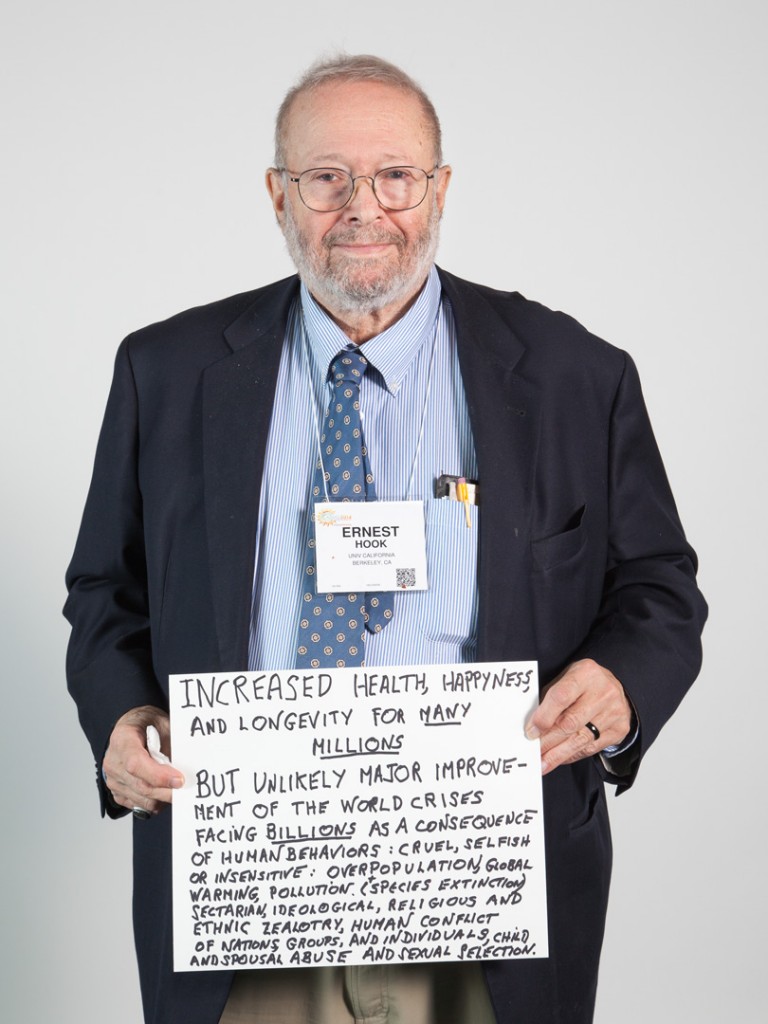
2015 Bio
Stefan Petranek is an assistant professor of Photography and Intermedia at Herron School of Art and Design in Indianapolis. His studio practice explores the intersections between nature, science, and society in the face of modernity. Influenced by his training as a biologist, his projects draw conclusions through experimentation and repetitive observation. Petranek’s photographic and video work have been exhibited widely in the U.S. as well as appearing internationally. Named a finalist in Critical Mass 2013, his group exhibitions include the 2014 PhotoSpiva competition and Filter Photography Festival’s 2013 & 2014 annual exhibitions. Recently his Genetic Portrait Project Initiative was published in Front Line Genomics Magazine and his Genotyping series will appear in Manifest Press’ photography annual INPHA3 in late 2015. His Fossils series was included in Beyond / In Western New York 2010 and the book Water by Alphabet City Media/MIT Press in 2009. He is represented by Circuit Gallery in Toronto.
You can contact Stefan at: spetrane@yahoo.com
You can view more of his work at:
www.stefanpetranek.com
